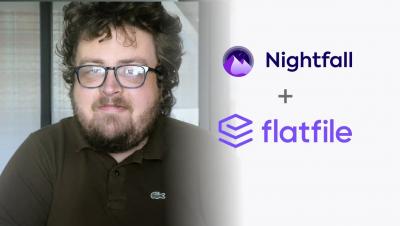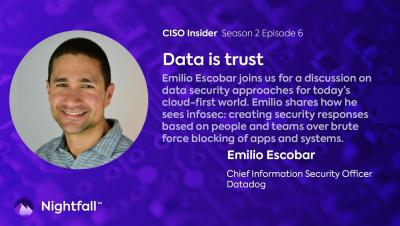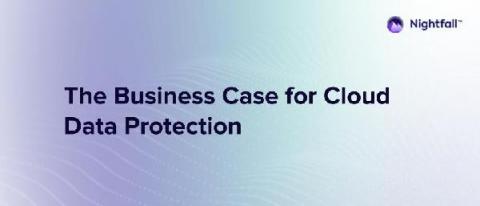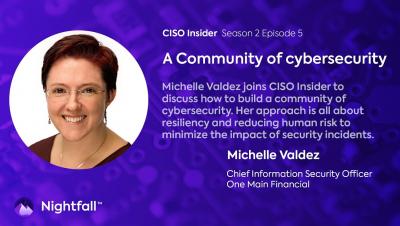Security | Threat Detection | Cyberattacks | DevSecOps | Compliance
August 2021
Ensure data security and compliance in Slack Connect with Nightfall
Slack as a product is constantly expanding with new functionality and integrations. Slack Connect is among the most popular new features Slack introduced in the past year and is growing in popularity because it’s an easy way to stay connected with people you work with outside your organization — in real time with all the features that Slack offers. As new improvements or upgrades for Slack are released, data security and compliance should be a top concern for your teams.
Vulnerability Management: Process, Life Cycle, and Best Practices
Vulnerability management is a full-time occupation. This cybersecurity function is iterative and involves constant monitoring, documentation, and review. From updating your software to recording new patches, vulnerability management is a constant process that benefits from automated tools like Nightfall . Here’s how vulnerability management works, the ins and outs of the vulnerability management life cycle, and best practices to implement at your organization.
Avant secures information in SaaS environments with Nightfall DLP
Compliance & securing PHI is easy for Capital Rx with Nightfall DLP
CISO Insider - S2E6 - Data is trust with Emilio Escobar
5 Types of Social Engineering Attacks and How to Mitigate Them
Social engineering is a type of cyber attack that targets people to gain access to buildings, systems, or data. Social engineering attacks exploit human vulnerabilities to get inside a company’s IT system, for instance, and access its valuable information. Social engineering is one of the most common— and successful— forms of cyber attack. Social engineering attacks are constantly evolving, but they generally follow five main approaches.
7 Indicators of Compromise: The Essential List for Breach Detection
Indicators of compromise are the red flags of the information security world. These helpful warnings allow trained professionals to recognize when a system may be under attack or if the attack has already taken place, providing a way to respond to protect information from extraction. There are many indicators of compromise, depending on the type of threat.
How to Comply with Facebook's New Data Protection Assessment
Recently, Facebook announced a new initiative aimed at protecting how its users’ data is managed across its platforms: the Data Protection Assessment. The assessment consists of a questionnaire for apps that access advanced permissions and specifically focuses on how developers protect, share and use platform data.
Developing Secure Web Applications: 6 Best Practices
When businesses think about maintaining cybersecurity, the first thing that comes to mind is often endpoint and network security. However, web application security is becoming increasingly important. There have been numerous high-profile attacks on web applications in recent years; in 2020, for instance, the Twitter accounts of famous people were compromised as part of a bitcoin scam.
Cloud Data Protection: What You Need to Know
It’s no surprise that cloud adoption continues to be a major force impacting organizations today. A 2020 McKinsey survey indicated that many organizations saw several years worth of digital transformation take place in 2020. An IDG survey, which we referenced in our Securing Best of Breed SaaS Applications webinar, suggested that 95% of organizations expect to be partly or fully in the cloud by the end of 2021, with almost half the applications used by their workforce being SaaS or open source.













